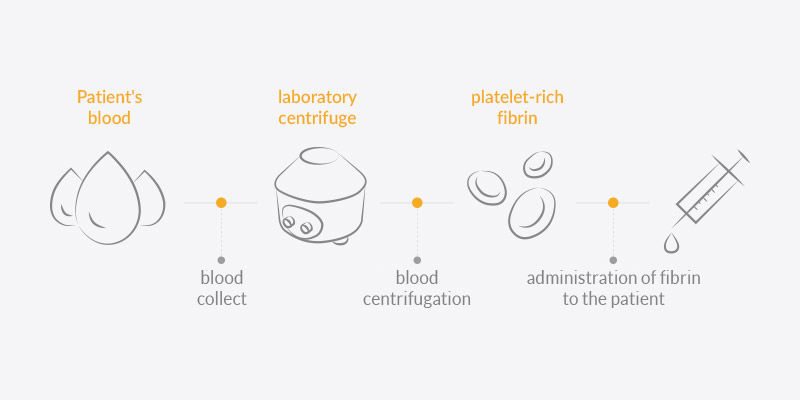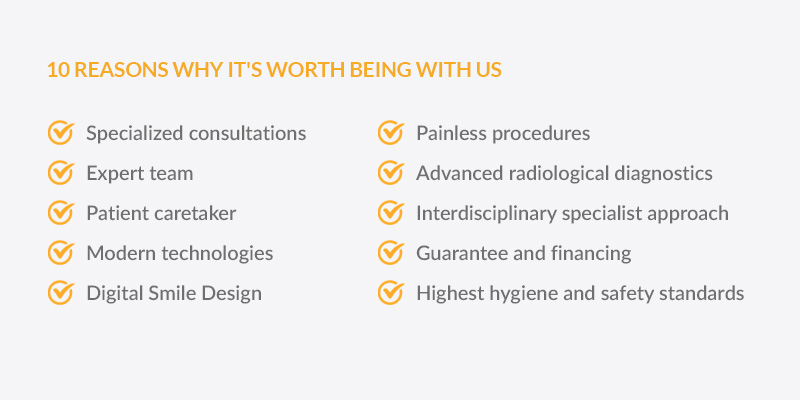Kraków: Lubostroń 22G lok. 7, +48 12 44 55 665 | Lipska 4 lok. 10, +48 731 704 731 | Wrocławska 53A, +48 731 704 787
Our body possesses natural, immense regenerative abilities. It continuously carries out ongoing repairs, ensuring that we remain healthy and in good condition. Our internal, incredibly complex cell regeneration system is responsible for this work. Today, regenerative medicine successfully utilizes this knowledge in many fields.
Thanks to the remarkable potential provided by cell biostimulation and the body's natural regenerative capacity, platelet-rich fibrin is widely employed in dentistry, supporting various procedures. This includes dental surgery, periodontology, and implantology, among others.

Platelet-rich fibrin (PRF), professionally known as Platelet Rich Fibrin, is a next-generation platelet concentrate obtained from the patient's own blood. It naturally stimulates faster tissue regeneration, soft tissue healing, and bone reconstruction. It contains a range of factors that accelerate the formation of new blood vessels (angiogenesis) and the creation of new cells, thus activating the body for rapid regeneration.
It is precisely the highly concentrated platelets, proteins, and growth factors within platelet-rich fibrin that are responsible for the healing and tissue regeneration process.
The key lies in the special three-dimensional structure of platelet-rich fibrin. Thanks to this structure, platelets are more effectively stimulated to release growth factors, proteins (cytokines), and the movement of mesenchymal stem cells to the site of bodily damage, facilitating a quick repair process.

The procedure involves collecting blood from the patient, then depending on the type of fraction we want to obtain, spinning the blood in a specialized centrifuge according to a precisely defined protocol, and then administering the platelet-rich fibrin to the patient. The simplified procedure allows for the treatment to be performed during a single visit to the dental office. Each procedure consists of 3 stages.
Platelet-rich fibrin is obtained from the patient's own blood, which eliminates the risk of intolerance, immunological reactions, and viral infections. During the procedure, appropriate sterility procedures must be followed.
Platelet-rich fibrin exists in two forms: the liquid fraction I-PRF and the advanced fraction A-PRF.
A-PRF dent is an advanced fraction of platelet-rich fibrin, which in its gelatinous mass form is used to create natural dressings in the form of:
I-PRF dent is a liquid fraction of platelet-rich fibrin with a high concentration of platelets and leukocytes, releasing growth factors and retaining mesenchymal stem cells in its spaces. Due to its liquid form, it can be easily introduced into hard-to-reach places with a needle.












